Name Berthe Weill | ||
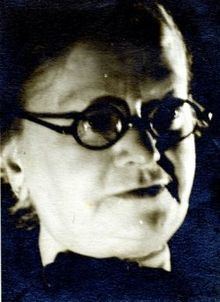 | ||
Interview exclusive berthe weill 1ere femme galeriste
Berthe Weill (Paris 1865 – 1951) was a French art dealer who played a vital role in the creation of the market for twentieth-century art with the manifestation of the Parisian Avant-Garde. Although she is much less known than her well-established competitors like Ambroise Vollard, Daniel-Henry Kahnweiler and Paul Rosenberg, she may be credited with producing the first sales in Paris for Pablo Picasso and Henri Matisse and with providing Amedeo Modigliani with the only solo exhibition in his lifetime (see poster advertising the exhibition).
Contents
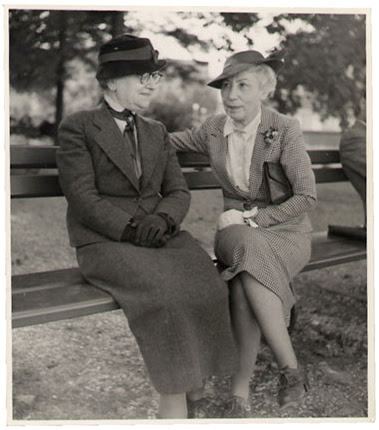
The impressive list of artists who made their way through her gallery and into the canon of modern art continues with names such as Raoul Dufy, André Derain, Maurice de Vlaminck, Diego Rivera, Georges Braque, Kees van Dongen, Maurice Utrillo. Her role was also important in the early exposure and sales of women painters such as Suzanne Valadon, Emilie Charmy and Jacqueline Marval.
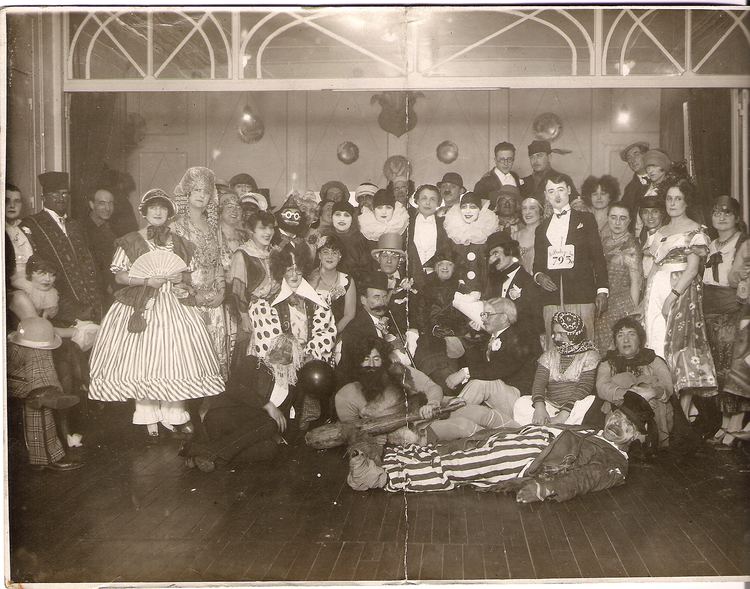
In 1933, Weill published her memoirs, an account of thirty years as an art dealer, from which many historical renditions quote. Her gallery lasted until 1939 and notwithstanding the number of luminary artists that passed through her gallery, she remained poor and destitute her whole life and after her death was almost forgotten.
Recently, interest in Berthe Weill has become more significant. In 2007, Picasso’s portrait of Berthe Weill (1920) was designated a French national treasure. In 2009 her memoirs (1933) were republished and a compilation of her gallery exhibitions; in 2011 the first study dedicated to her life and dealership was published. In February 2012, the City of Paris decided to put a memorial stone at 25 rue Victor Massé (paris 9e) where Berthe Weill opened her first gallery in 1900.
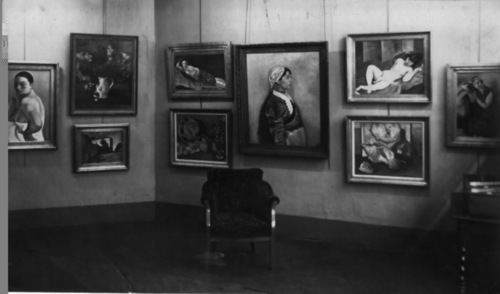
Life and career
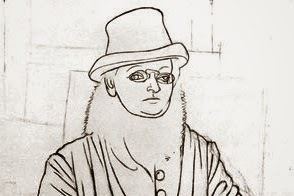
Esther Berthe Weill was born in Paris into an Alsatian Jewish lower middle class family, one of seven children. As her parents were of modest means, Weill was placed as an apprentice in Mayer’s antique shop where she learned the business of the trade and acquired considerable knowledge, in particular, of eighteenth century engravings. This experience would serve her well as she also met collectors, writers and other dealers.
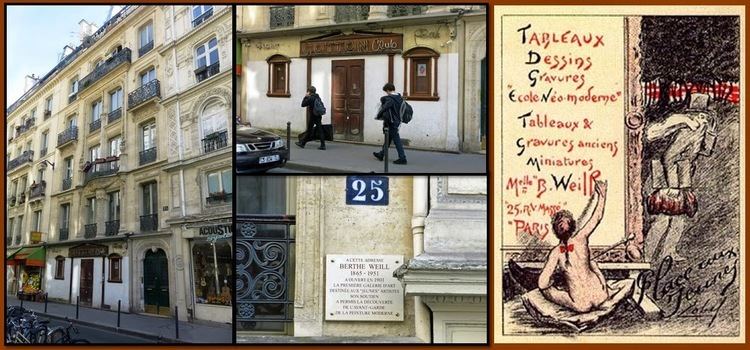
Upon Mayer’s death, she opened a little shop in association with one of her brothers, but it did not last long (1897-1900). Under the influence of Roger Marx, a renowned art critic, she became interested in the art of the new young painters.
In 1900, not long after Picasso arrived in Paris, she bought and sold several works producing Picasso’s first sales in Paris.
In 1901, with the help of Mañach, a young Spanish painting broker, and 375 francs, money earmarked for her dowry, she inaugurated “Galerie B. Weill” and dedicated it as a place for the young painters “Place aux Jeunes”, much to the chagrin of her family and the widow of Mayer, who felt that discovering new artists was a risky business. In the event, her gallery lasted until 1939.
In 1946, many painters who she had championed over the years came together and held an auction of their donated art work, the proceeds went to support Berthe Weill so she could live in some comfort for the last years of her life.
In 1948, the Republic of France recognized her as a Chevalier de Légion d’Honneur, for her contribution to Modern Art.
In 1951, at the age of 86, Weill died. Although she was recognized at some level during her lifetime, she was left with a legacy of being either misunderstood or relegated to the footnotes of historical accounts of the period, until recent renewed interest emerged.
Artists
Picasso, Matisse, Derain, Vlaminck, Marquet, Manguin, Camoin, Raoul Dufy, Diego Rivera, Braque, Friesz, van Dongen, Utrillo, Puy, Metzinger, Modigliani, Rouault, Marie Laurencin, Suzanne Valadon, Emilie Charmy, Kisling, Flandrin, Léger, Pascin, Georges Kars.
Collectors
Picasso’s first sales in Paris were three pastels on canvas depicting bullfighting scenes, which Weill sold to him in 1900.
